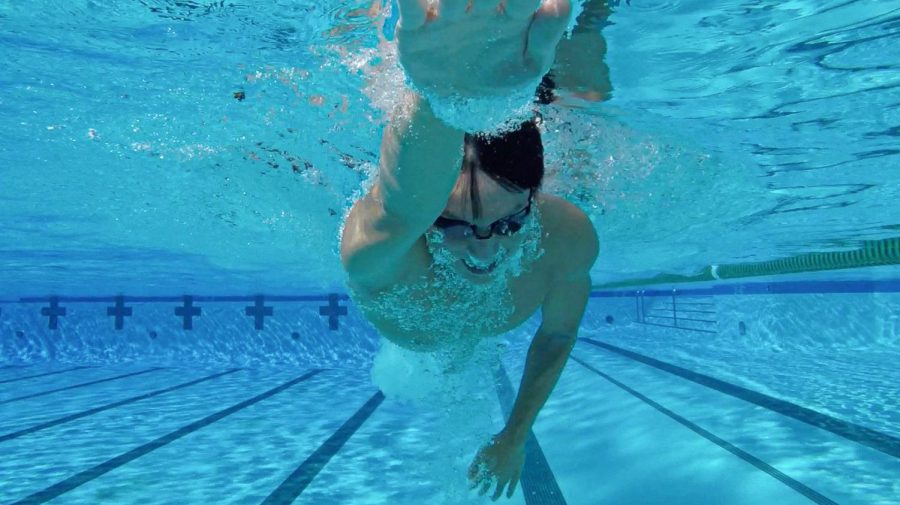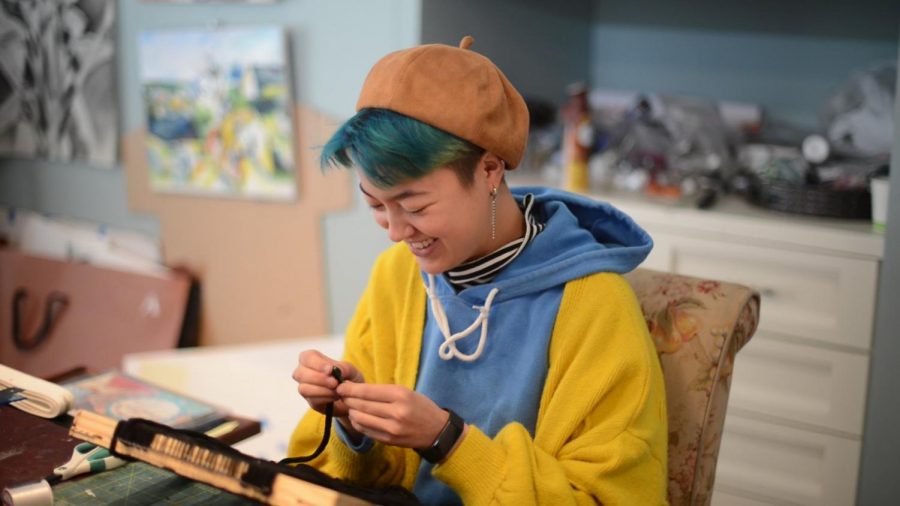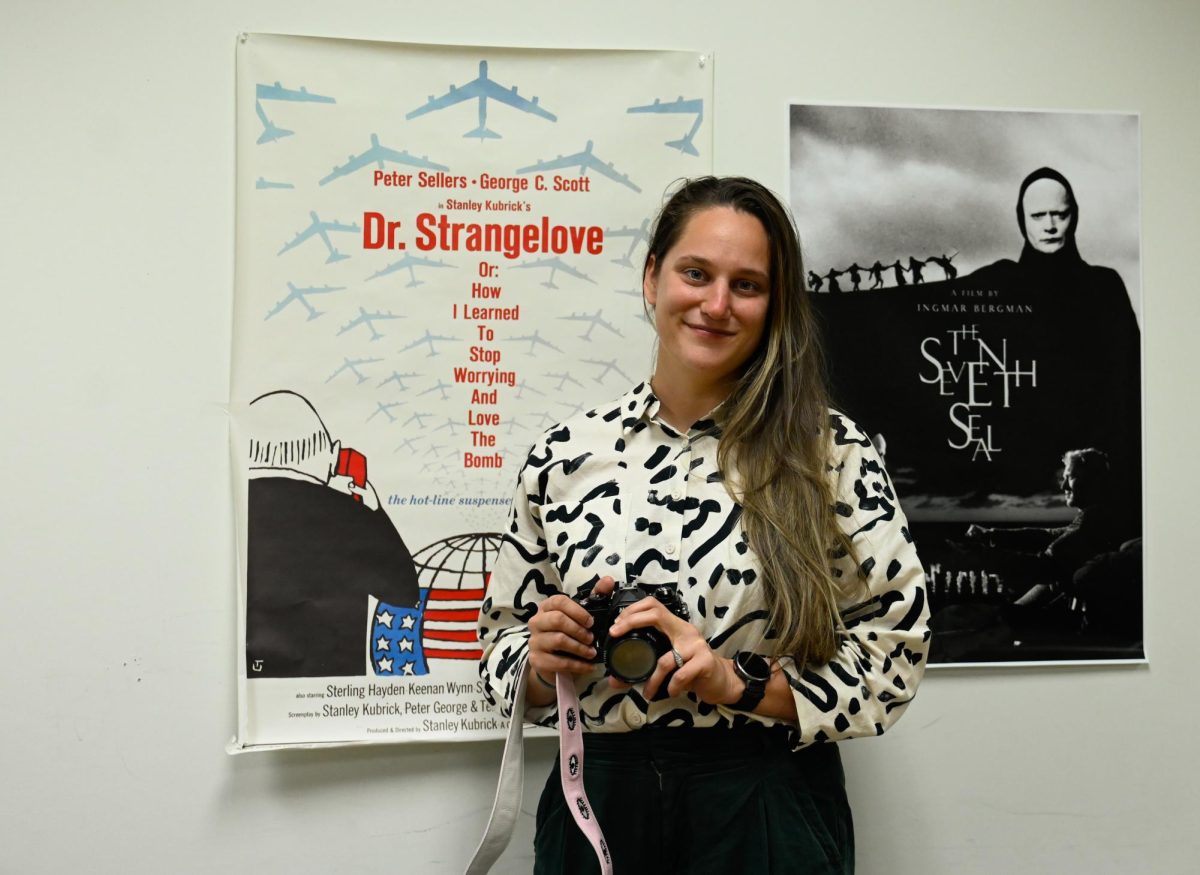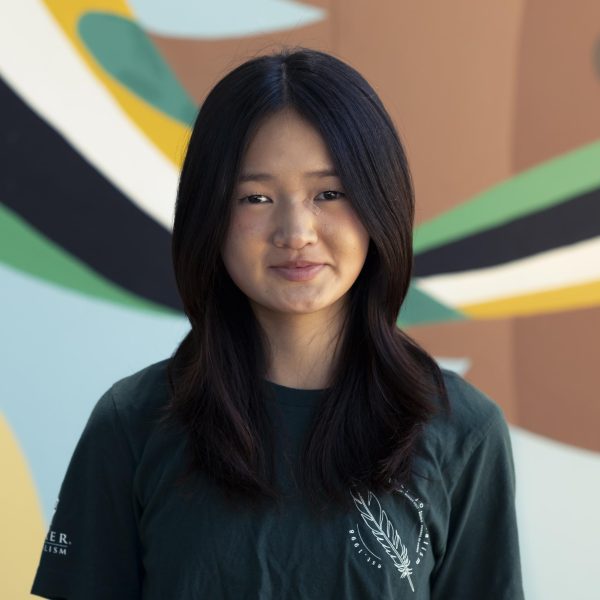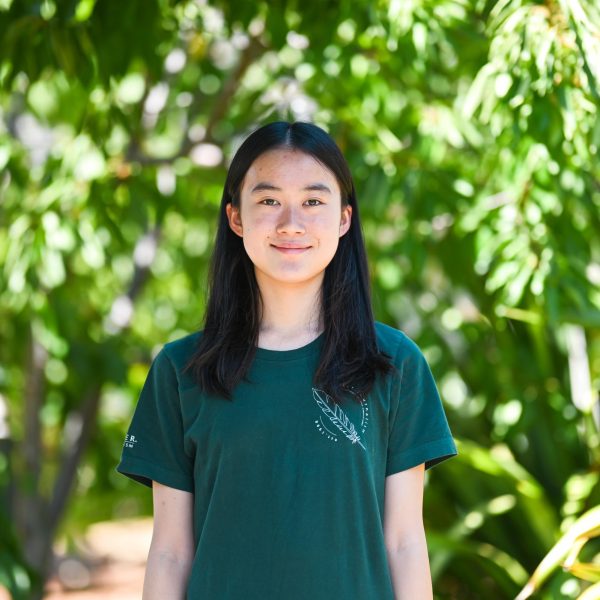The Princess Bride. Cool Runnings. Night at the Museum. These are just a few of the many movies history teacher Bronwen Callahan grew up watching with her family. What began as a simple form of weekly entertainment later transformed into a lifelong hobby, and she started experimenting behind the camera herself.
Callahan began shooting films in middle school with her family’s camera. In high school, she transitioned to photography, drawn to the medium’s condensed and self-contained nature. While pictures often focused on a specific object or person, Callahan gravitated toward taking a more conceptual approach when shooting photos.
“Photography forces you to take what you’re looking at and break it down into shapes or colors,” Callahan said. “The type of photography that I do is not really just a subject, it’s more abstract. It’s very much about motion and light and color, and not as much about the full image in general.
Despite her works’ more abstract style, every photo reflects a piece of who Callahan is.
English teacher Lizzie Schimenti commends Callahan’s ability to utilize art as a form of self-expression.
“She’s really dedicated to creativity, but in a way that is not for anyone other than herself,” Schimenti said. “I know that she journals a lot before classes begin, and it is usually on the subject of creativity. So I always thought that was really interesting.”
Outside of traditional photography, Callahan also studies cyanotype, a camera-less way to capture images using UV light, and different types of filmmaking and photography. With the multitude of uncontrollable factors involved in the developing process, she takes delight in this process that forces her to solely rely on her own skills.
“I never really know how things are going to turn out, and it’s kind of a surprise to me,” Callahan said. “Sometimes it’s a little overdeveloped, sometimes it’s underdeveloped, and the tech comes in so I can always correct that if I want to. But I actually like those little accidents in there.”
The brainstorming process behind Callahan’s photography also brings about unique challenges. When she goes out alone to take photos, Callahan is sometimes uncertain if others who view her work will understand or enjoy her vision, teaching her to further trust in herself.
“There is that moment when you question everything,” Callahan said. “In any type of art there really is that self-confidence or that moment where you’re not sure what you want to do, so you just have to go out, take a walk, take a bunch of pictures of nothing and something will turn up.”
Callahan’s dedication to storytelling through various media not only fuels her self-confidence and perseverance but also enriches her teaching.
As a history teacher, Callahan brings her interest in cinema to the classroom setting, through both the movie posters that decorate her classroom walls and the historical films that are incorporated into her history lessons. Her interest in exploring history through elements of multimedia first blossomed when she studied art history, a major that intersects the two fields.
She notes how photography has shaped the way history is told, and highlights the value in showing her students photos, like from World War I, the first war to ever be visually documented.
“It makes me realize that maybe you don’t necessarily understand the world just through writings or the stories,” Callahan said. “The images themselves can be really helpful. While I was studying, I got caught up in the culture of the different things that I was studying and the stories behind it. That’s how I got into history.”
Callahan also uses these creative mediums as a way to connect with her students. Green praised Callahan’s ability to encourage students to explore film as a medium for interaction.
“She really has created this environment in her class where every student is seen, not just the ones who raise their hands the most in class,” Green said. “She knows all of these different things about every student, and she often checks in with them or asks them what movie is really able to create connections with all of them.”
Even with her teaching schedule, Callahan continues watching one or two films every week, and also maintains her passion for photography, oftentimes bringing a camera with her when she taked walks. It isn’t the end result that intrigues her the most, but rather the lessons learned from the process and the stories she shares that bring her joy.
“It’s really coming to realize that I do it for the process itself and for the little things,” Callahan said. “Maybe at the end of the day, I come up with a completely empty roll of film, but I really enjoyed my walk where I was looking at things differently. And sometimes that’s enough.”

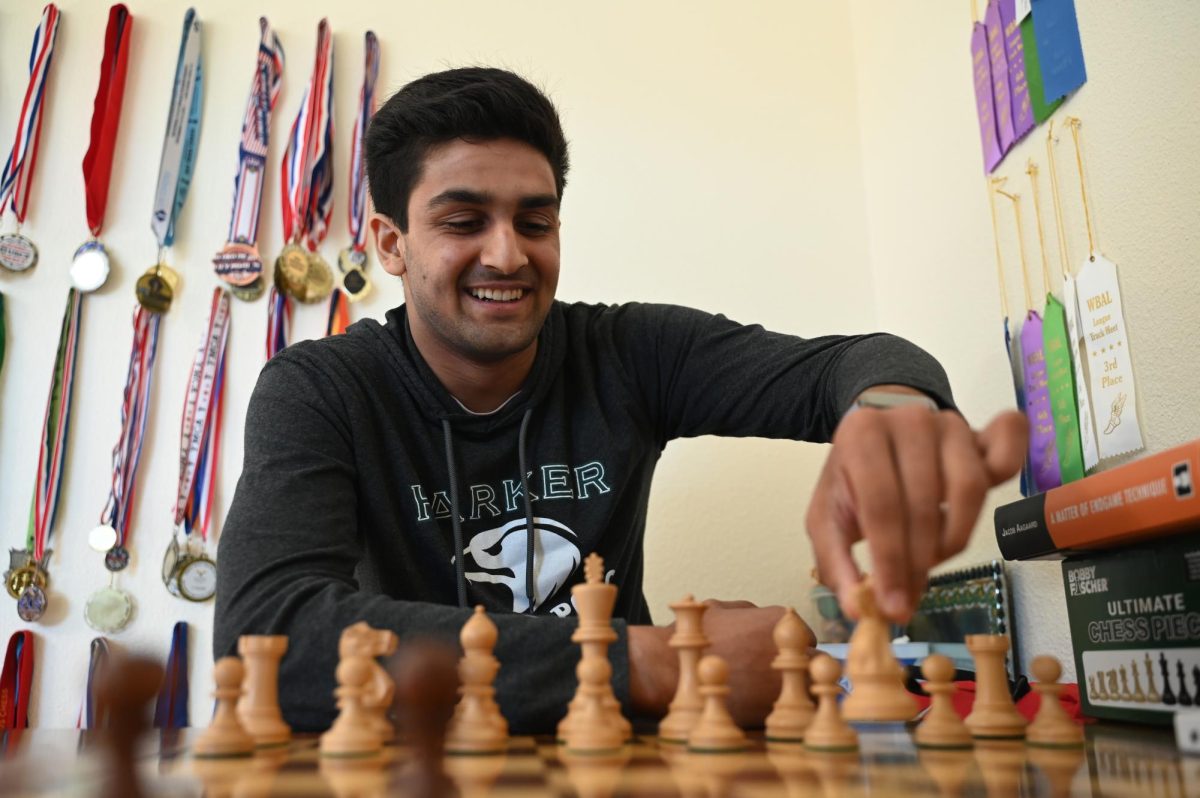
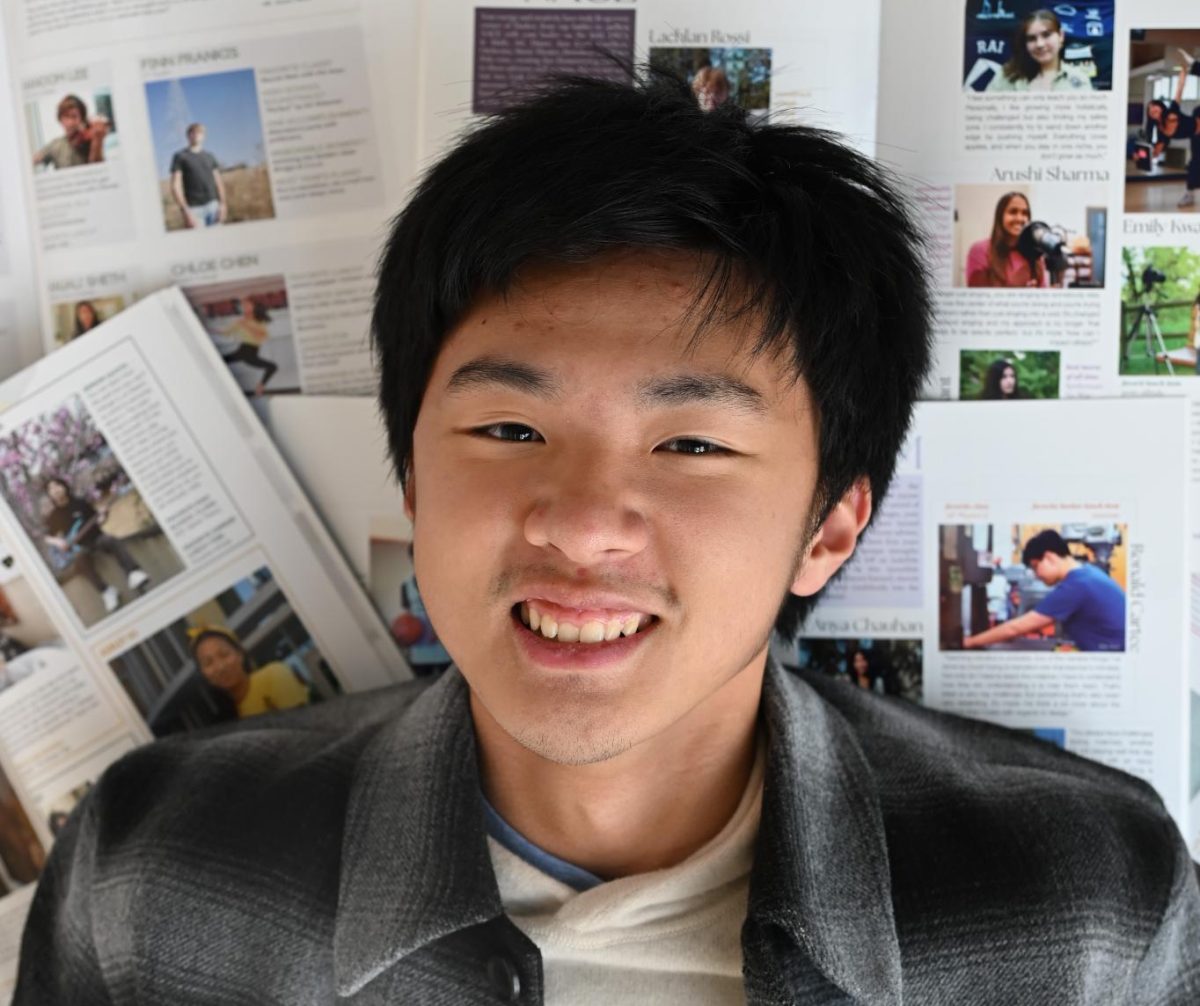
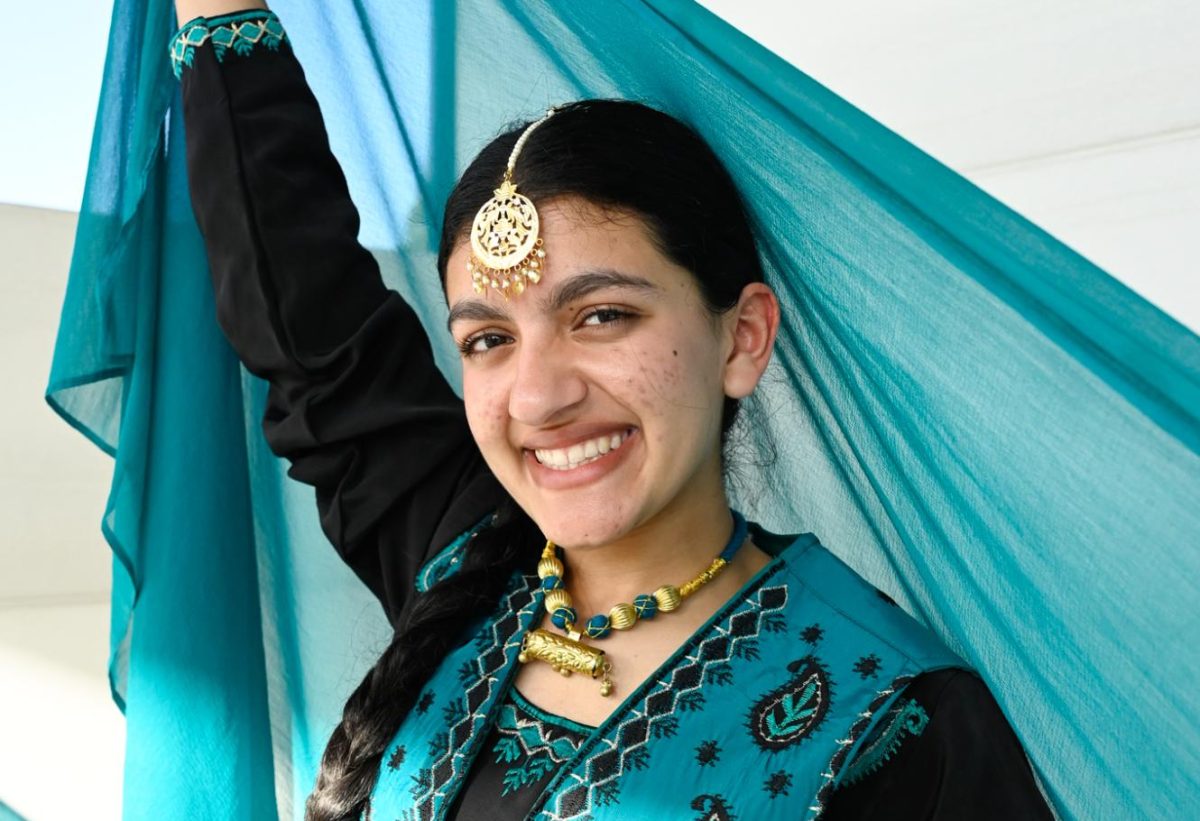
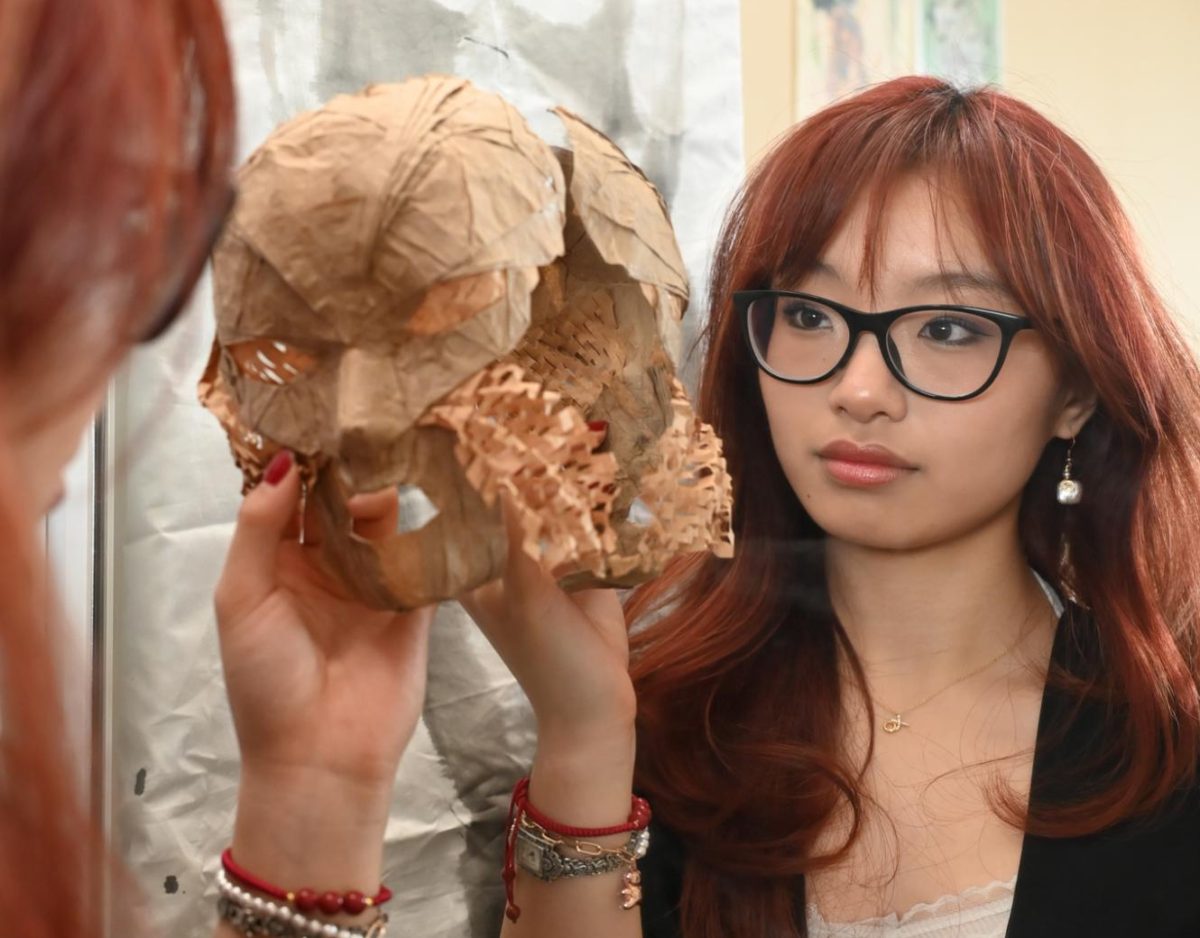
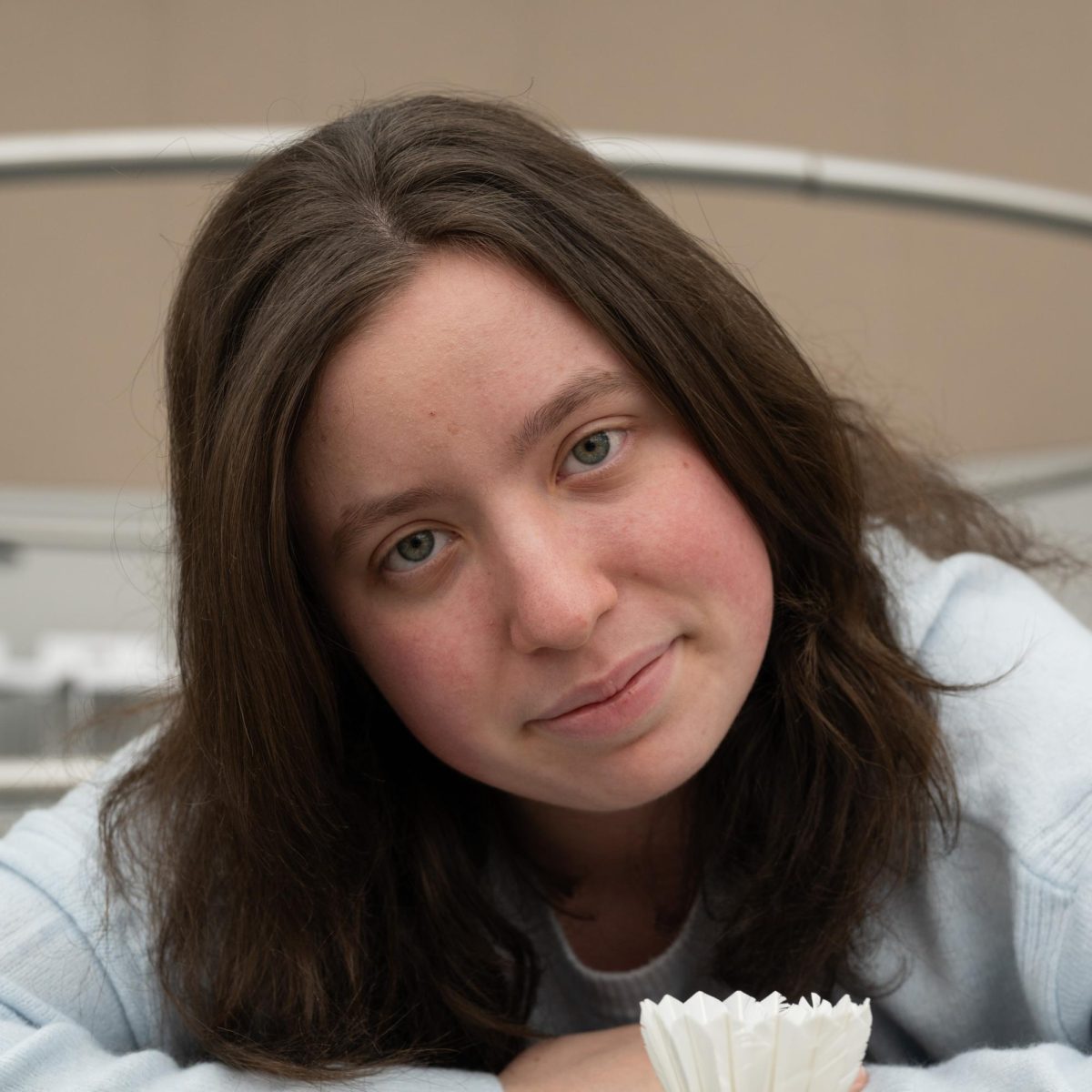
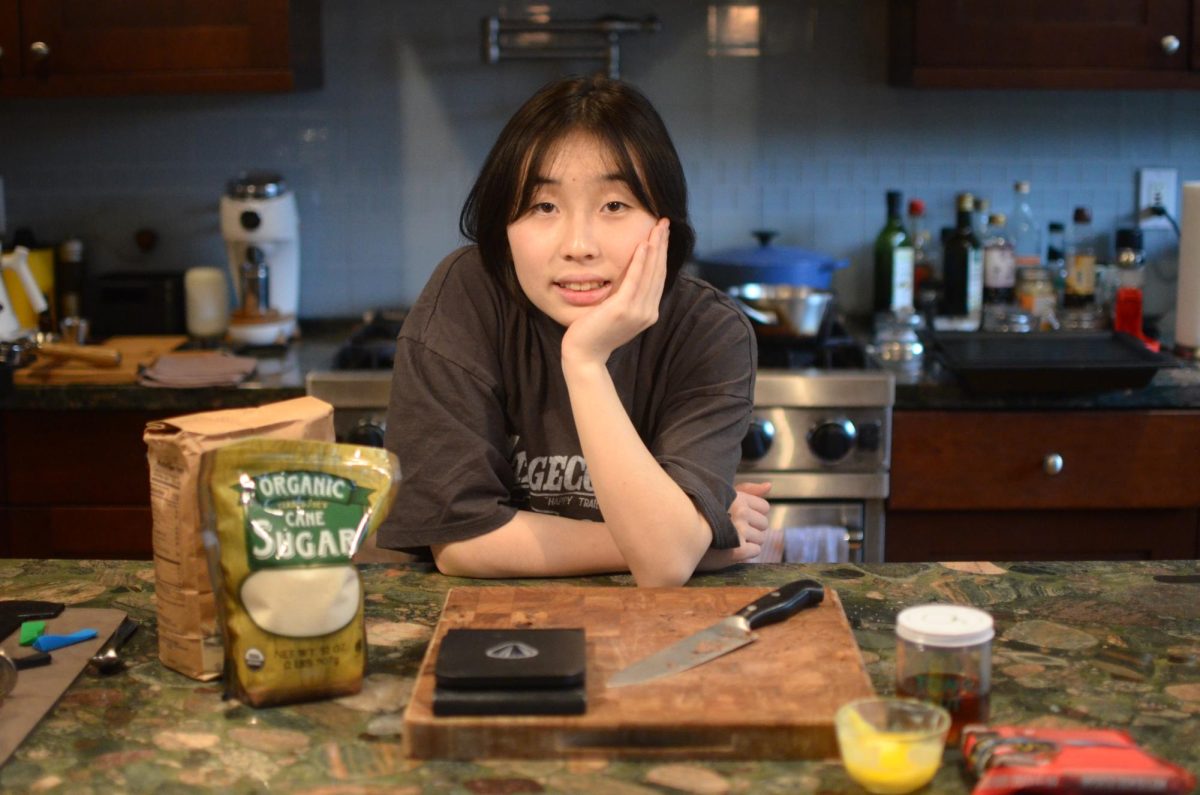
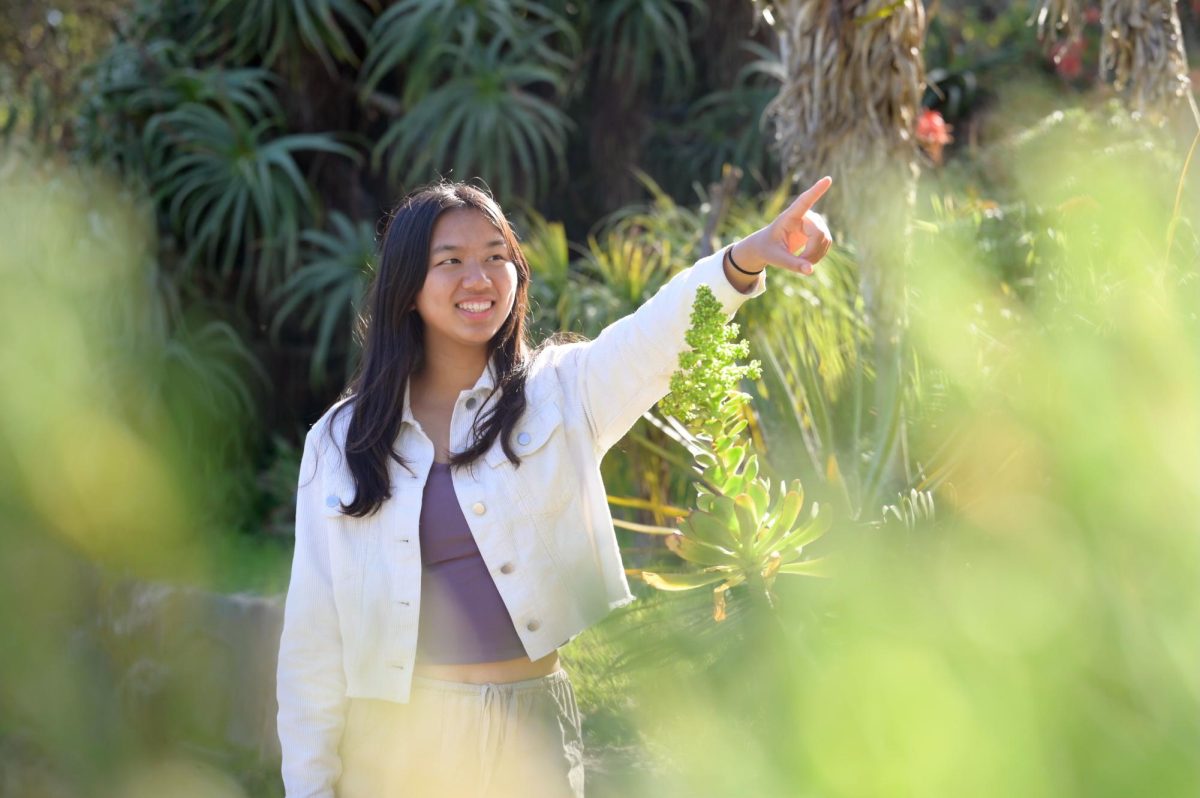
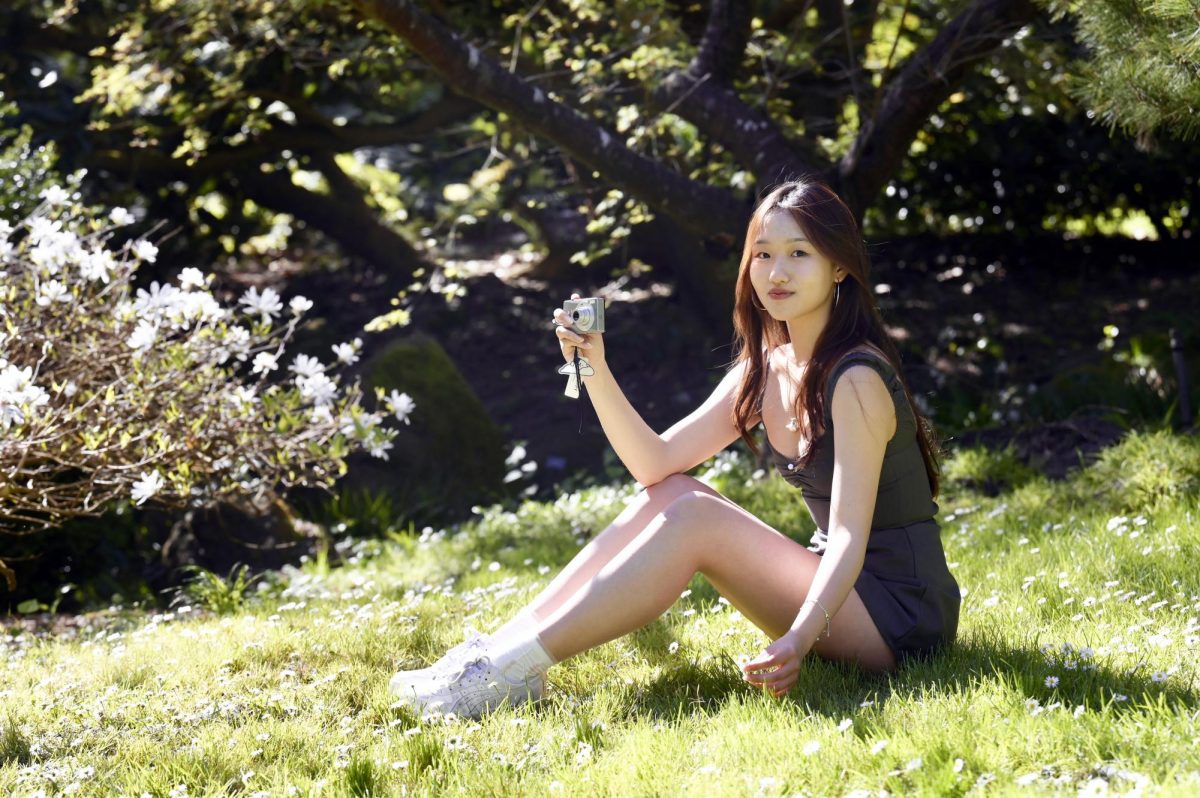
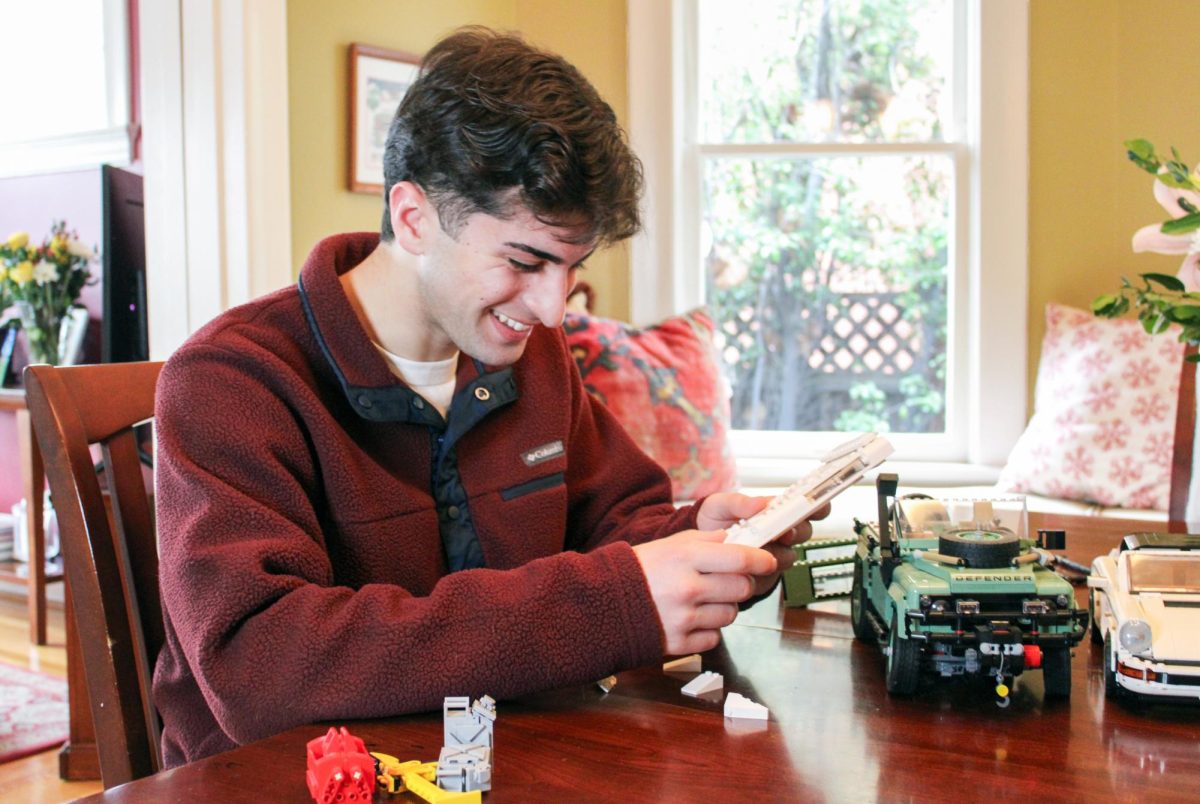
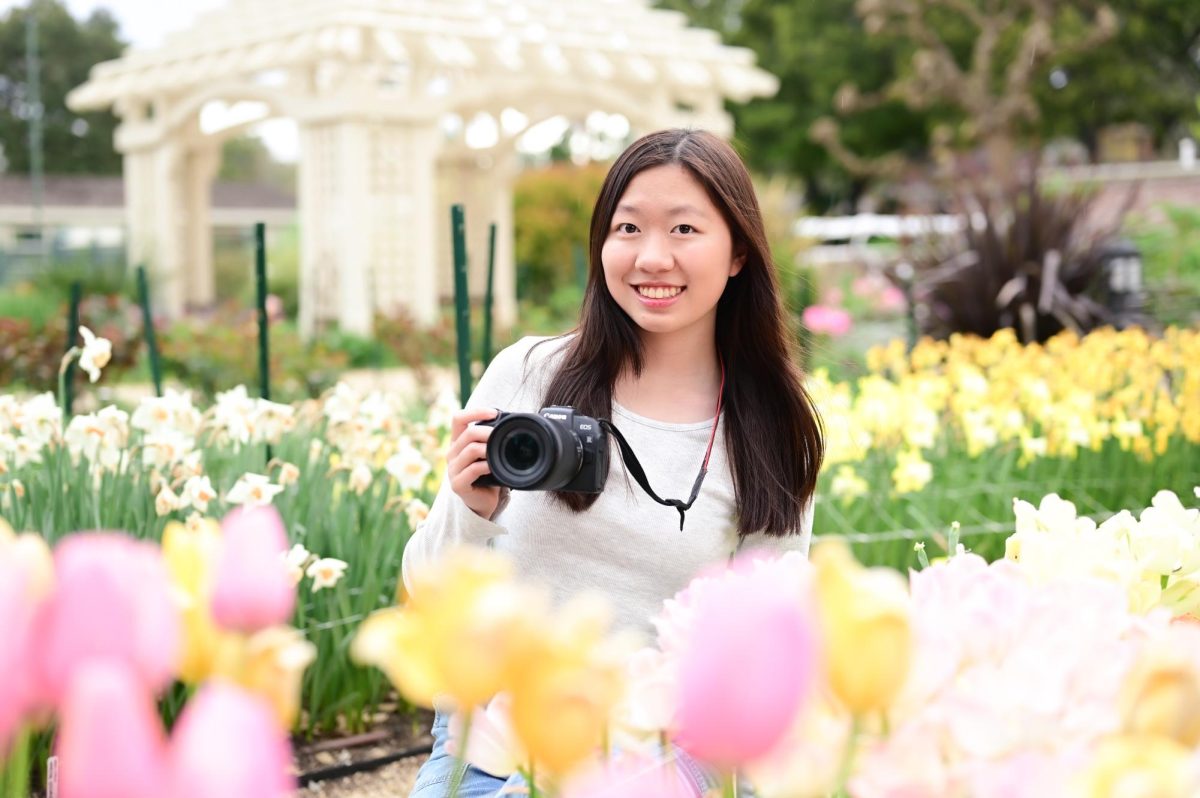
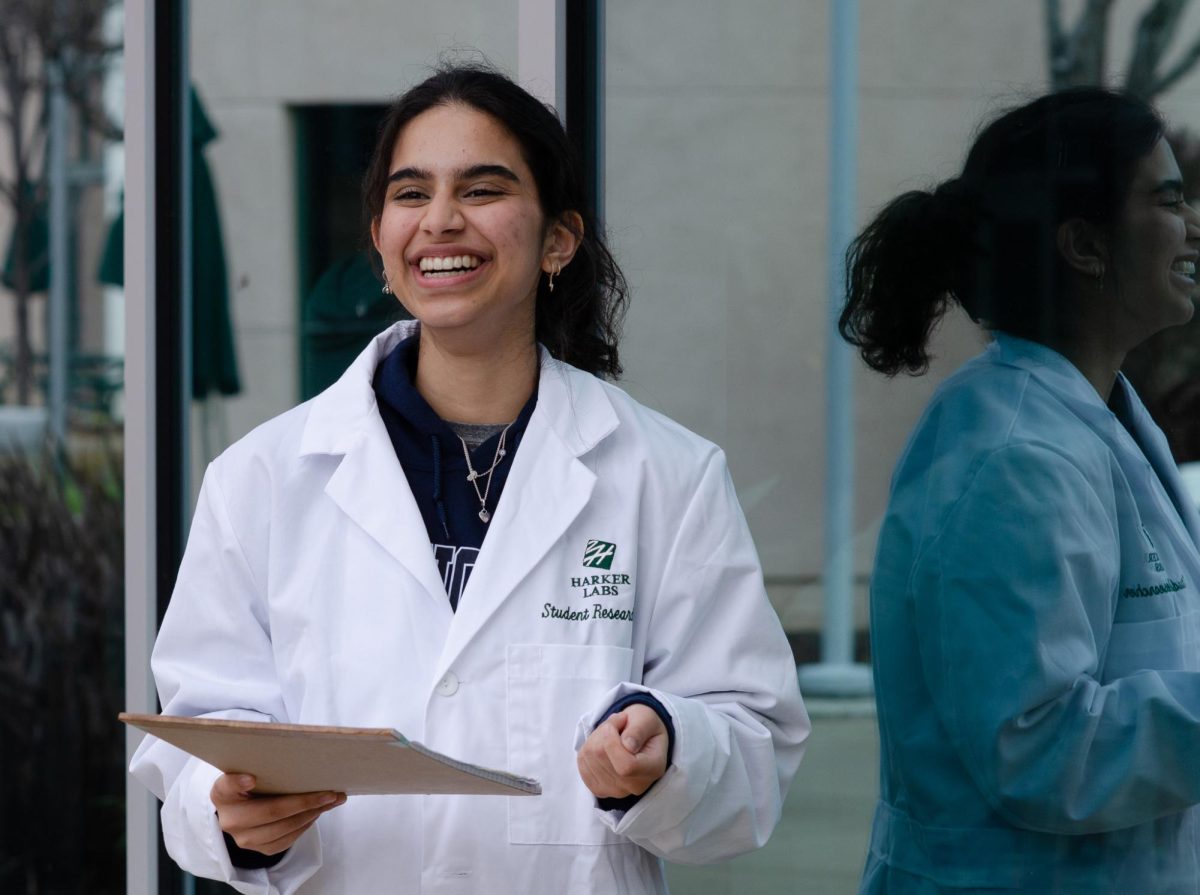
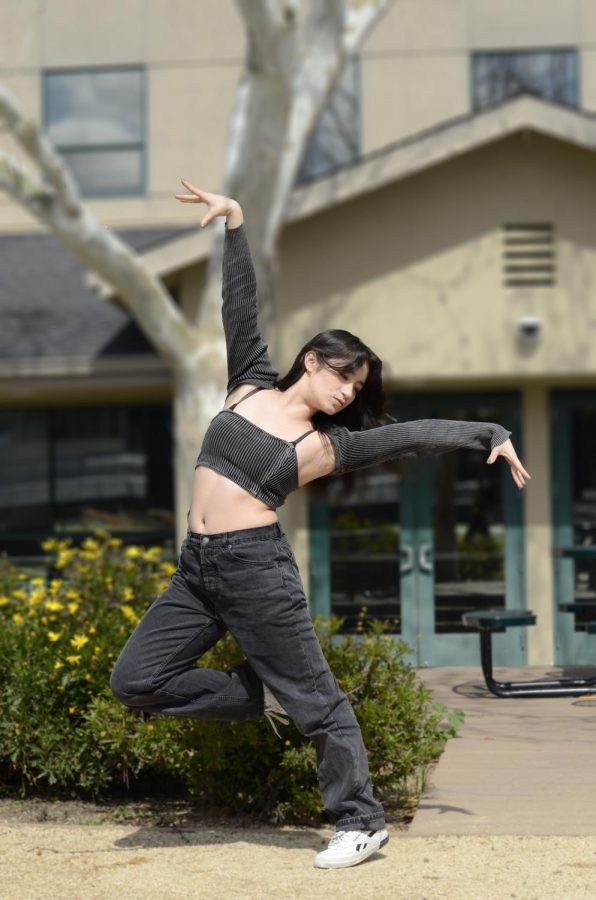
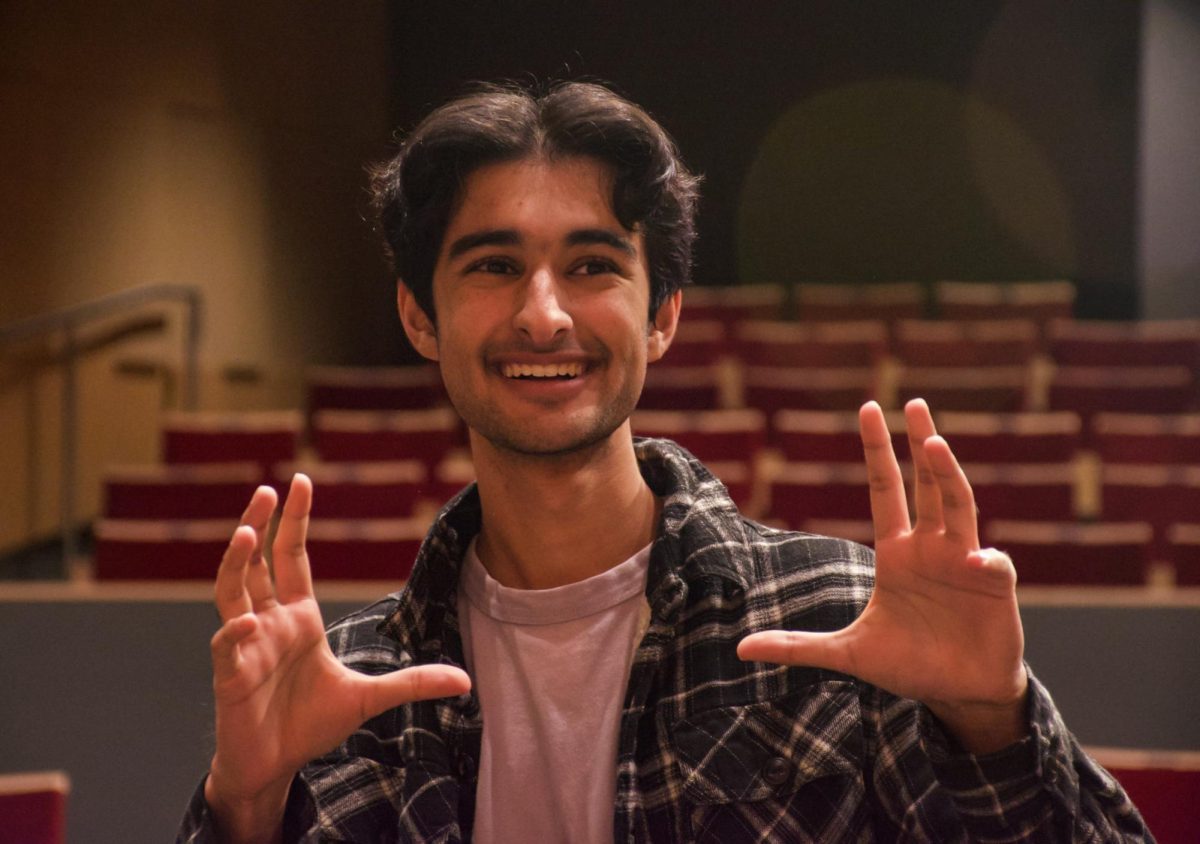
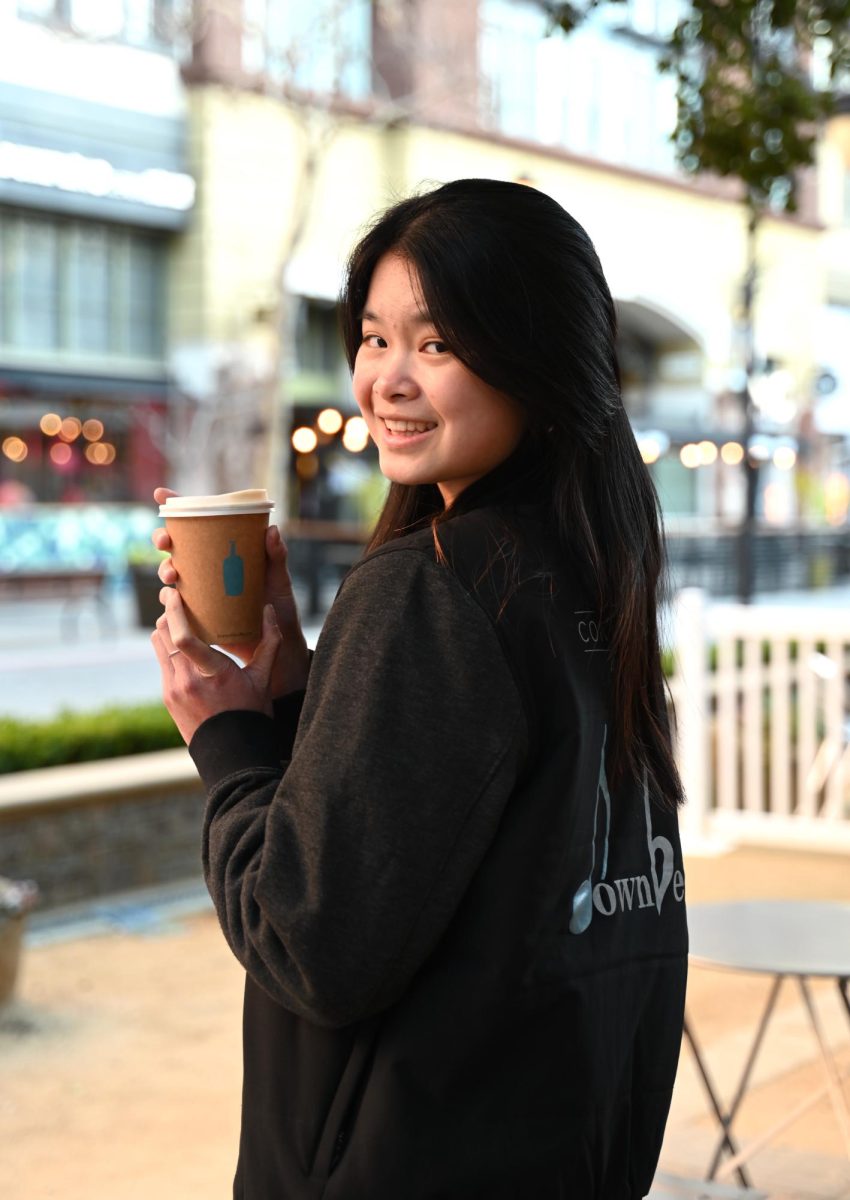
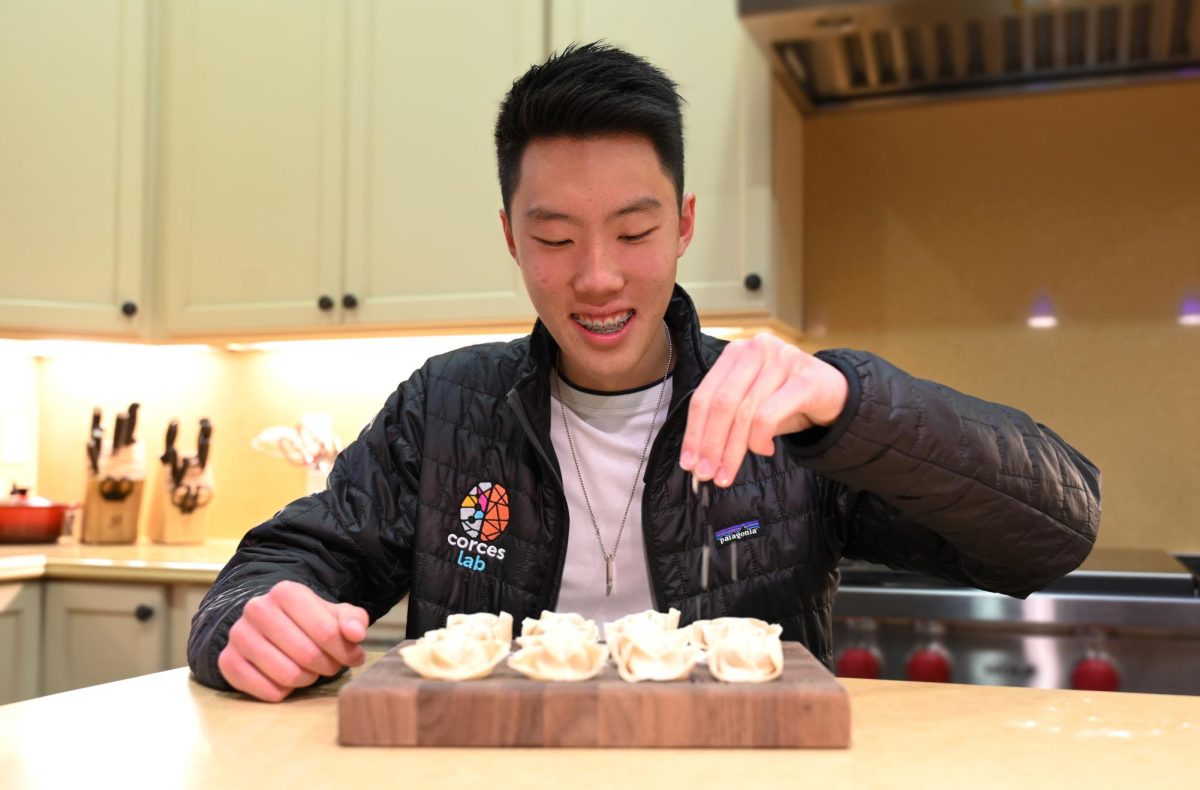
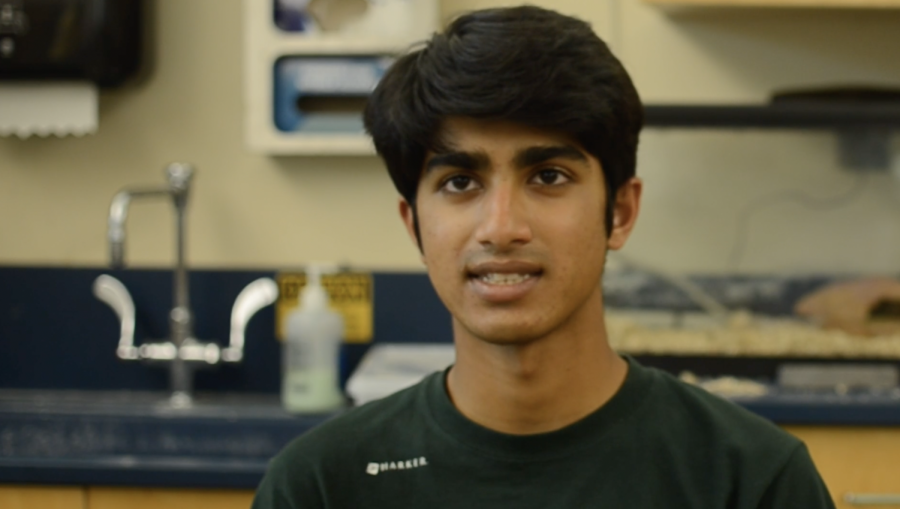
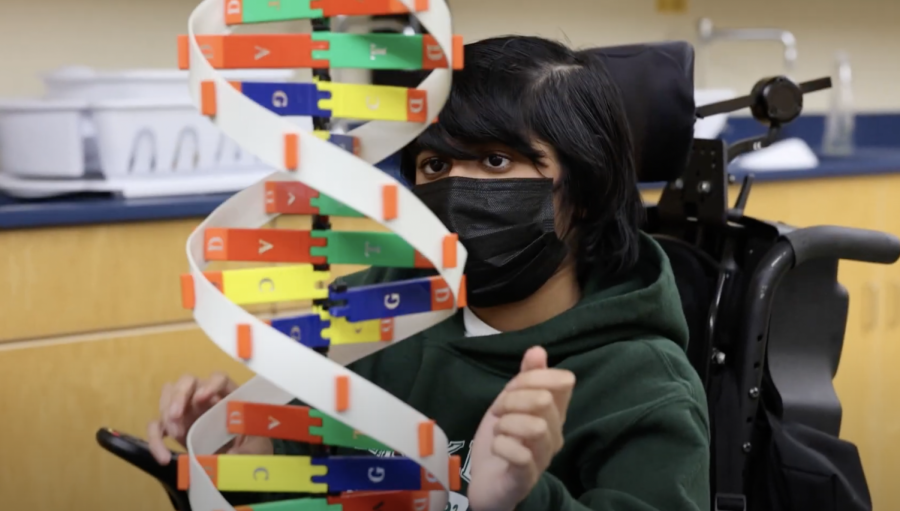
![“[Building nerf blasters] became this outlet of creativity for me that hasn't been matched by anything else. The process [of] making a build complete to your desire is such a painstakingly difficult process, but I've had to learn from [the skills needed from] soldering to proper painting. There's so many different options for everything, if you think about it, it exists. The best part is [that] if it doesn't exist, you can build it yourself," Ishaan Parate said.](https://harkeraquila.com/wp-content/uploads/2022/08/DSC_8149-900x604.jpg)
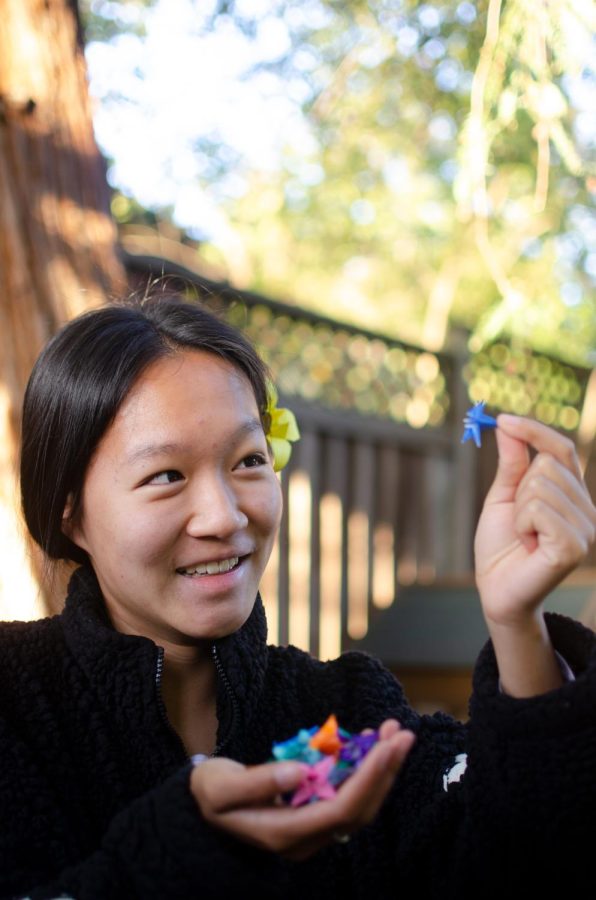
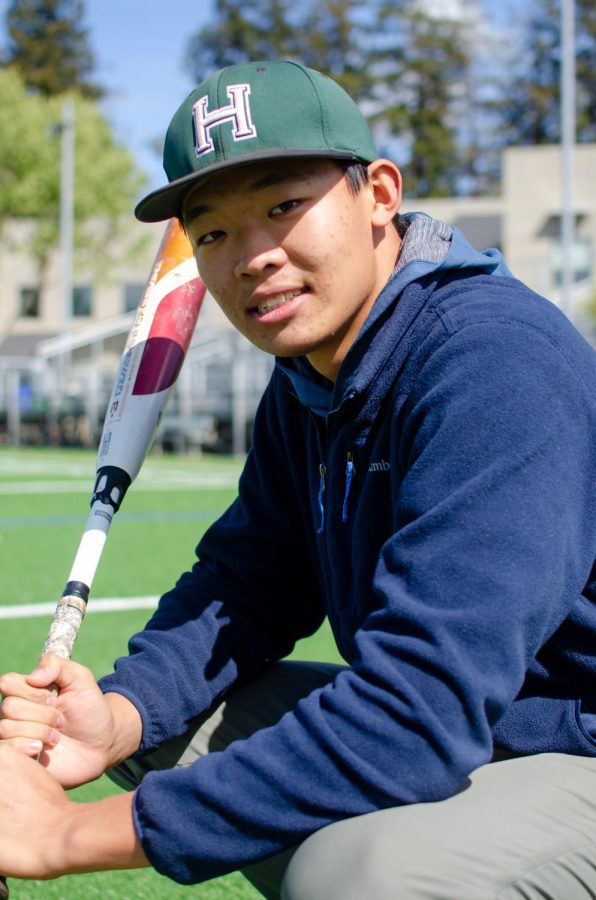
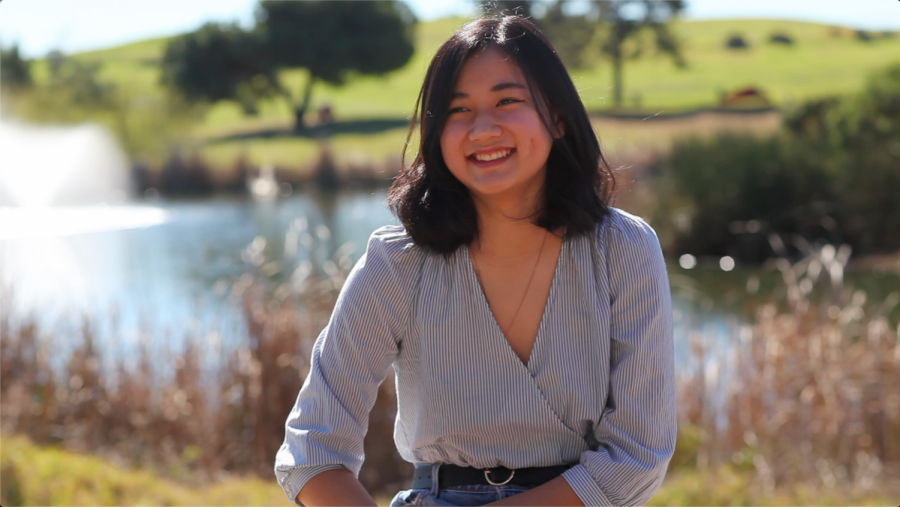
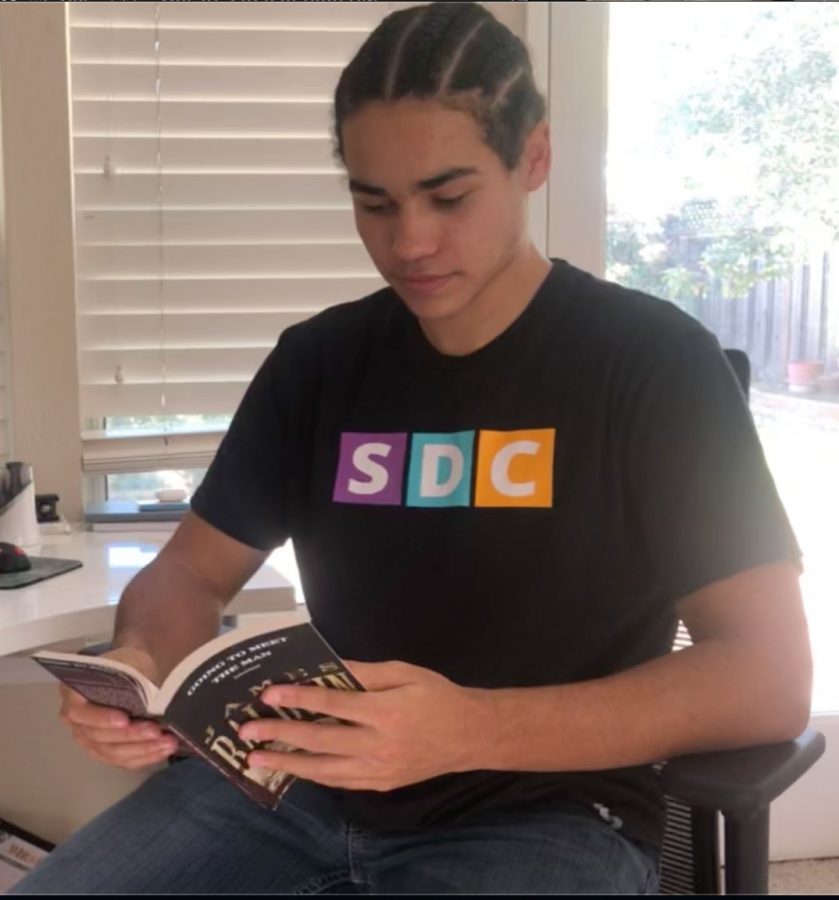
![“When I came into high school, I was ready to be a follower. But DECA was a game changer for me. It helped me overcome my fear of public speaking, and it's played such a major role in who I've become today. To be able to successfully lead a chapter of 150 students, an officer team and be one of the upperclassmen I once really admired is something I'm [really] proud of,” Anvitha Tummala ('21) said.](https://harkeraquila.com/wp-content/uploads/2021/07/Screen-Shot-2021-07-25-at-9.50.05-AM-900x594.png)
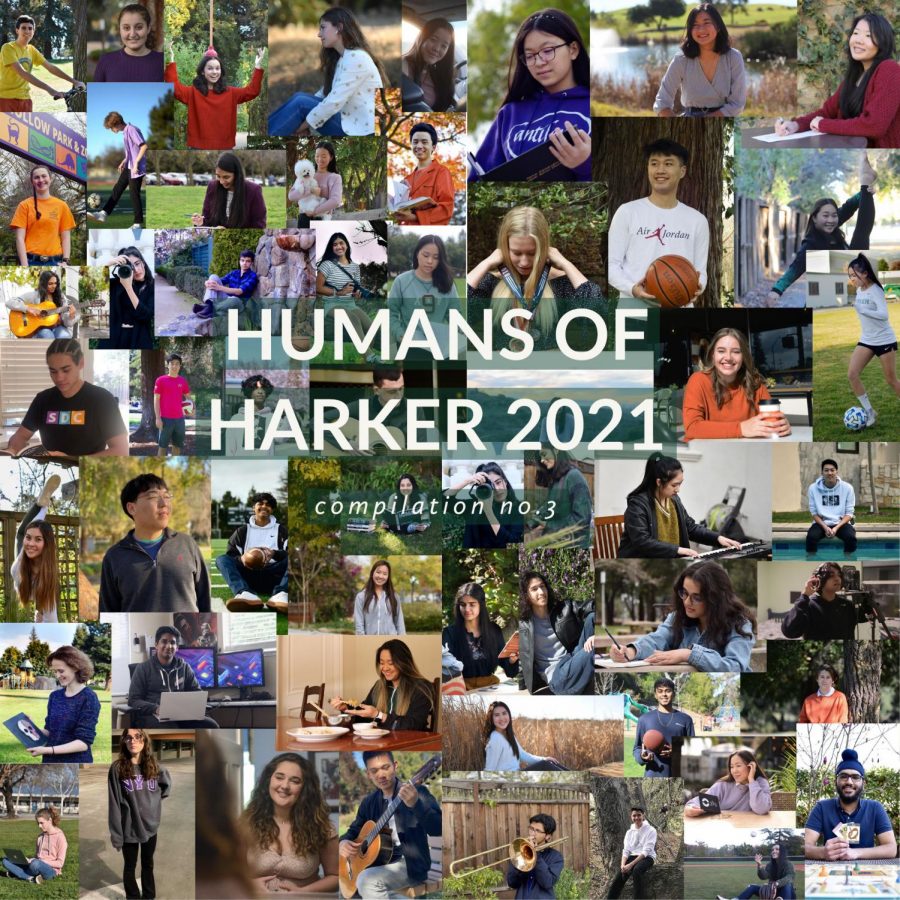
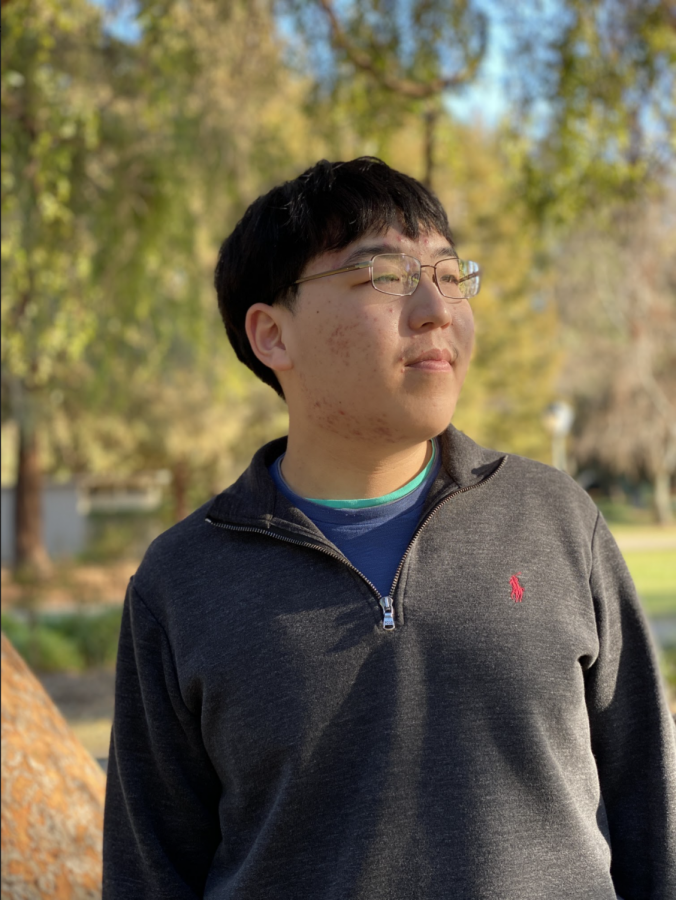
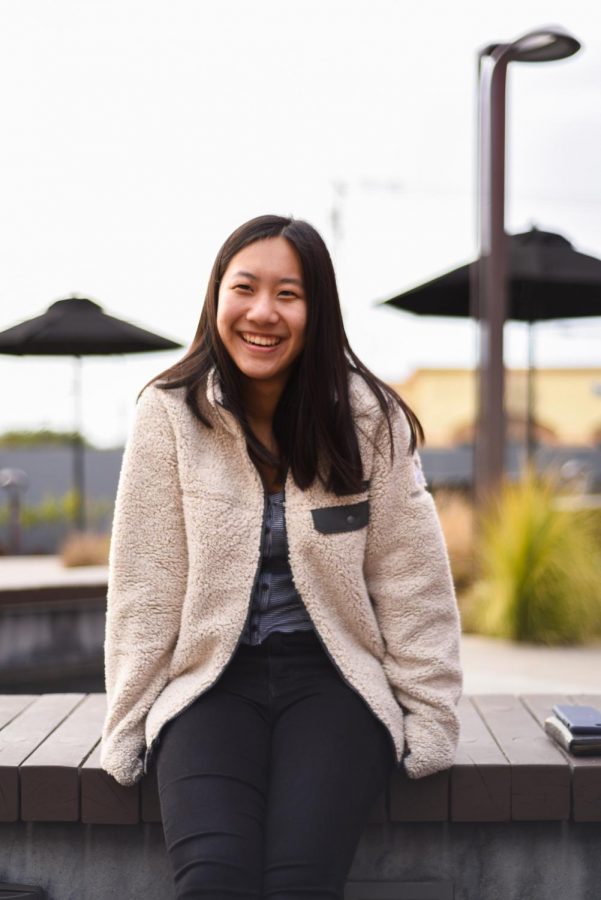
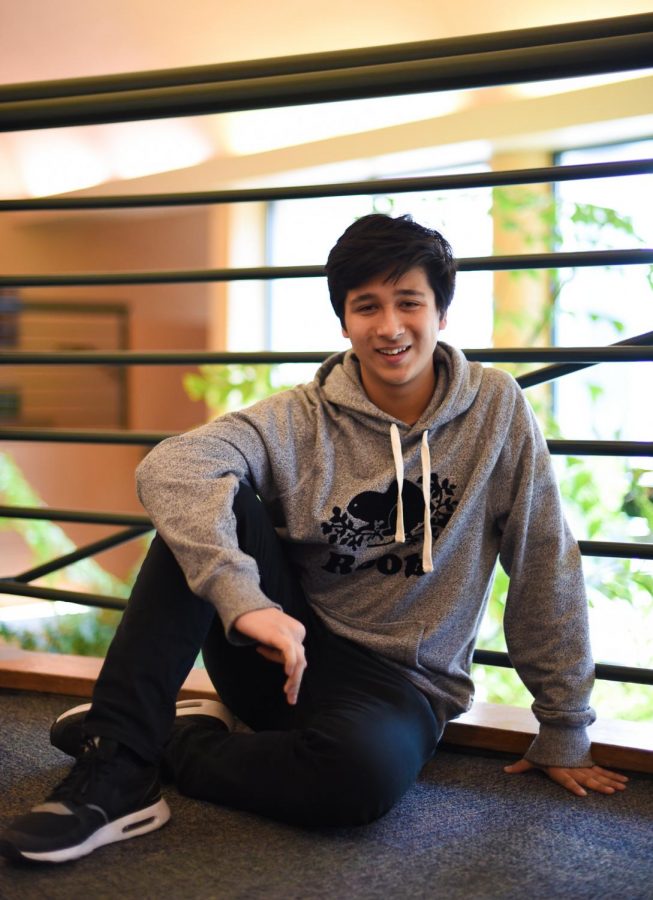
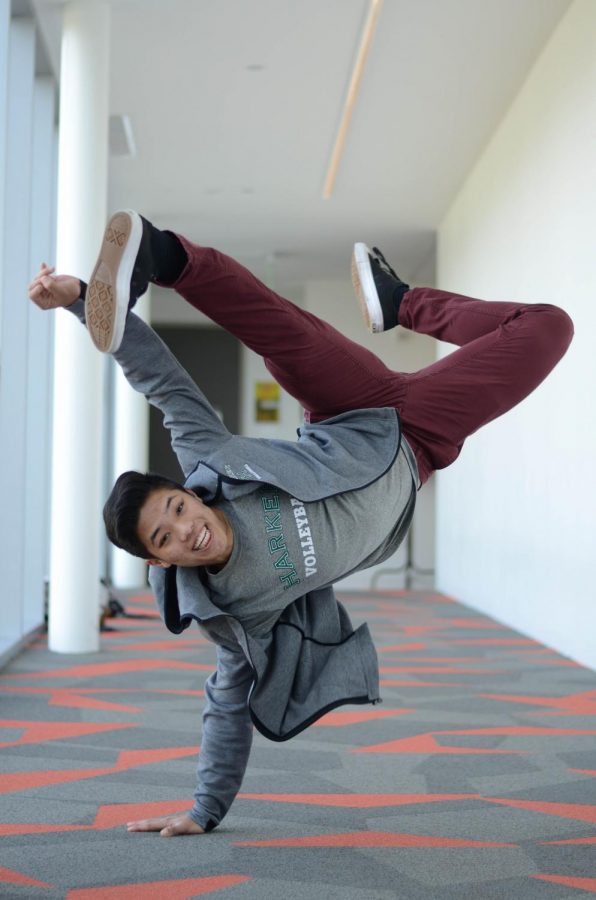
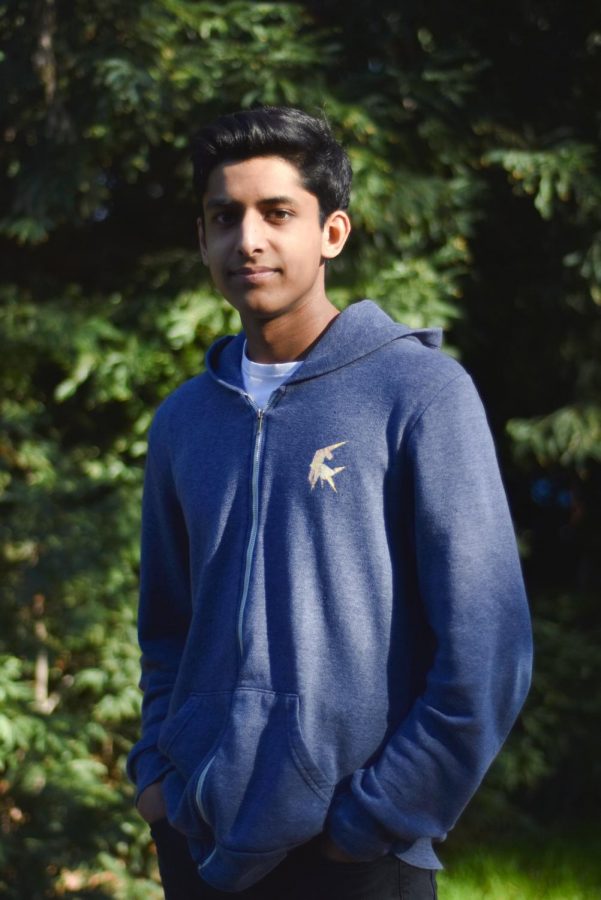
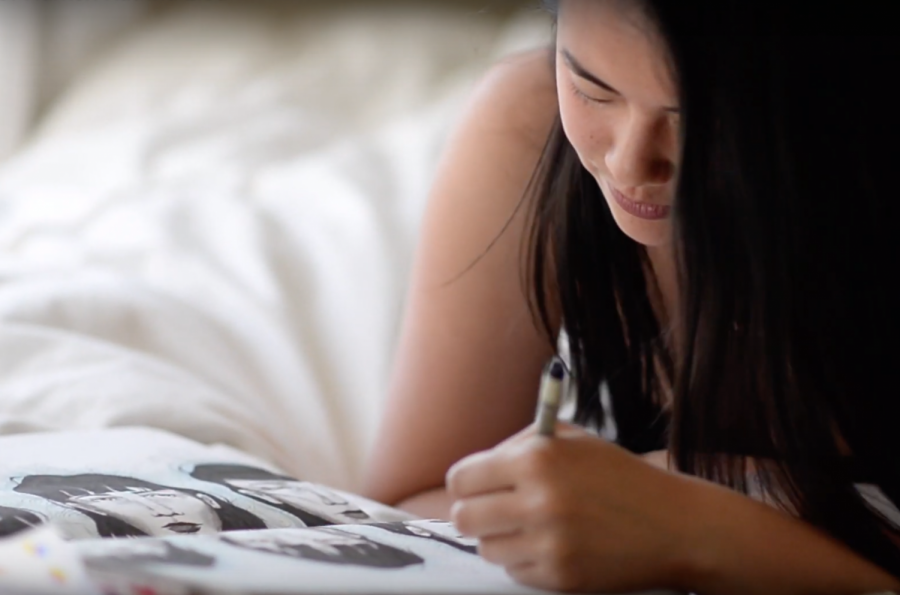
![“I think getting up in the morning and having a sense of purpose [is exciting]. I think without a certain amount of drive, life is kind of obsolete and mundane, and I think having that every single day is what makes each day unique and kind of makes life exciting,” Neymika Jain (12) said.](https://harkeraquila.com/wp-content/uploads/2017/06/Screen-Shot-2017-06-03-at-4.54.16-PM.png)
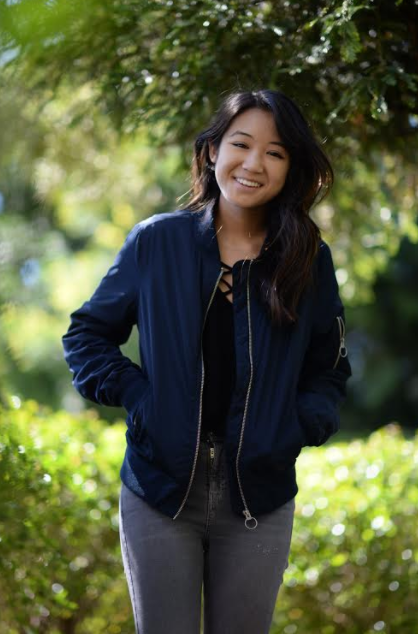
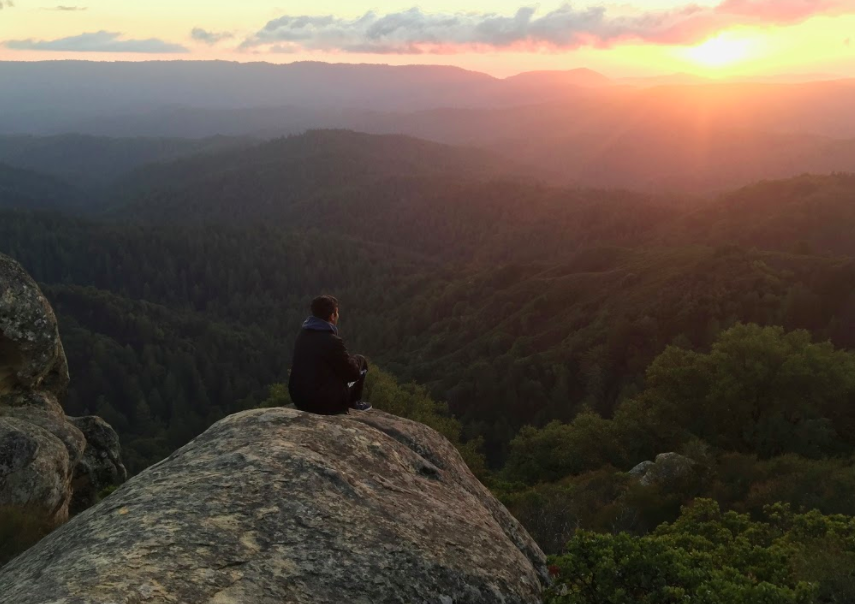
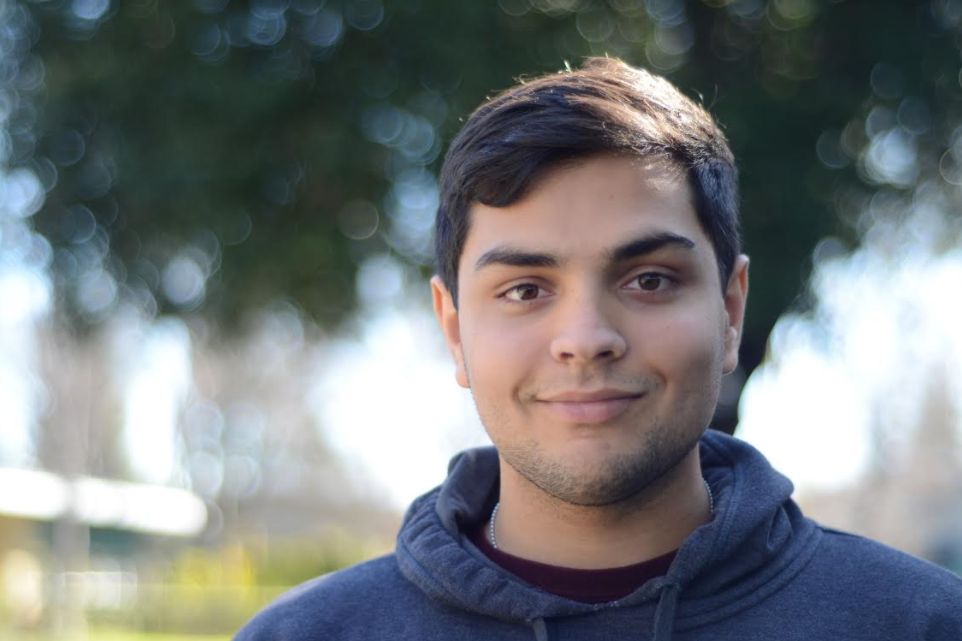
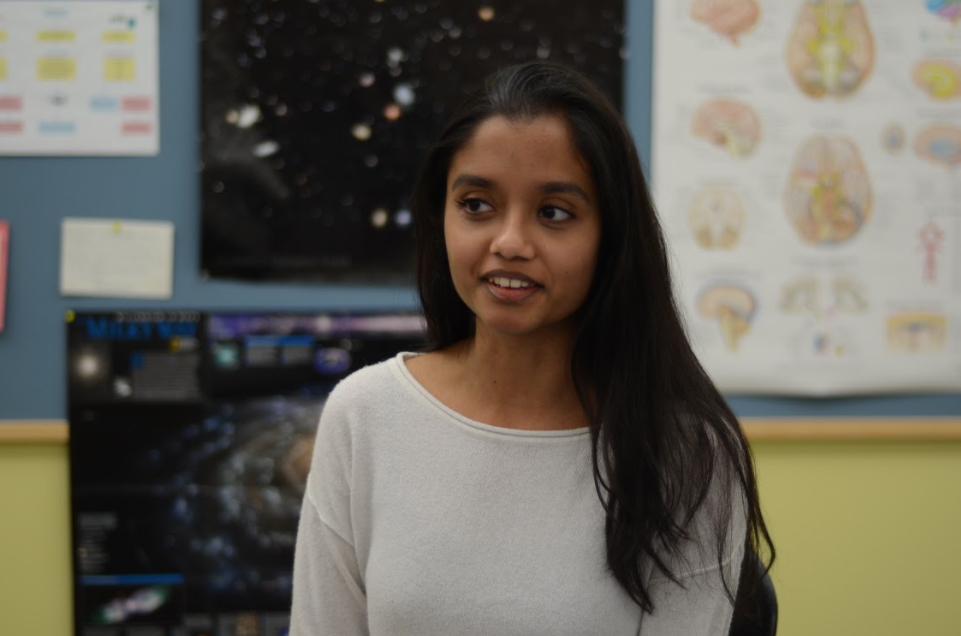
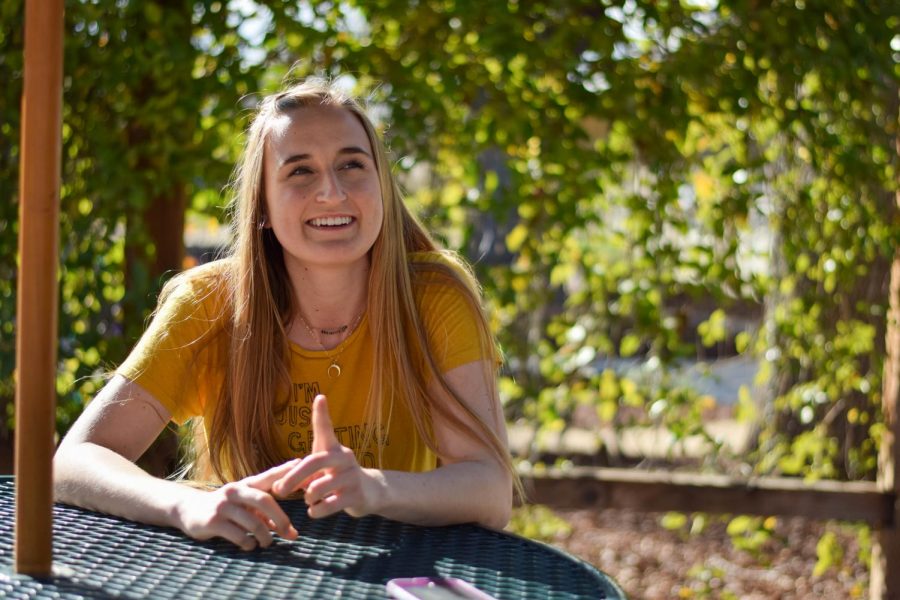
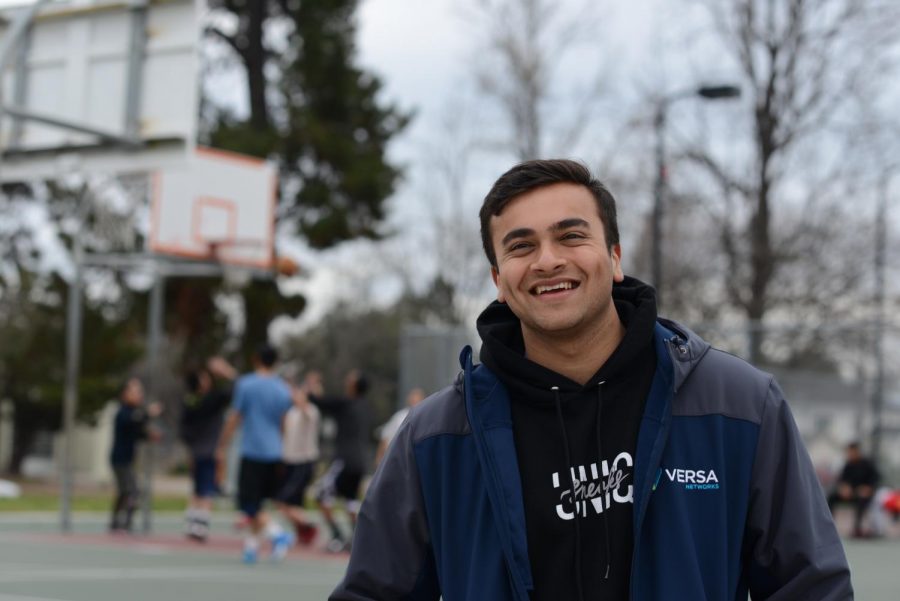
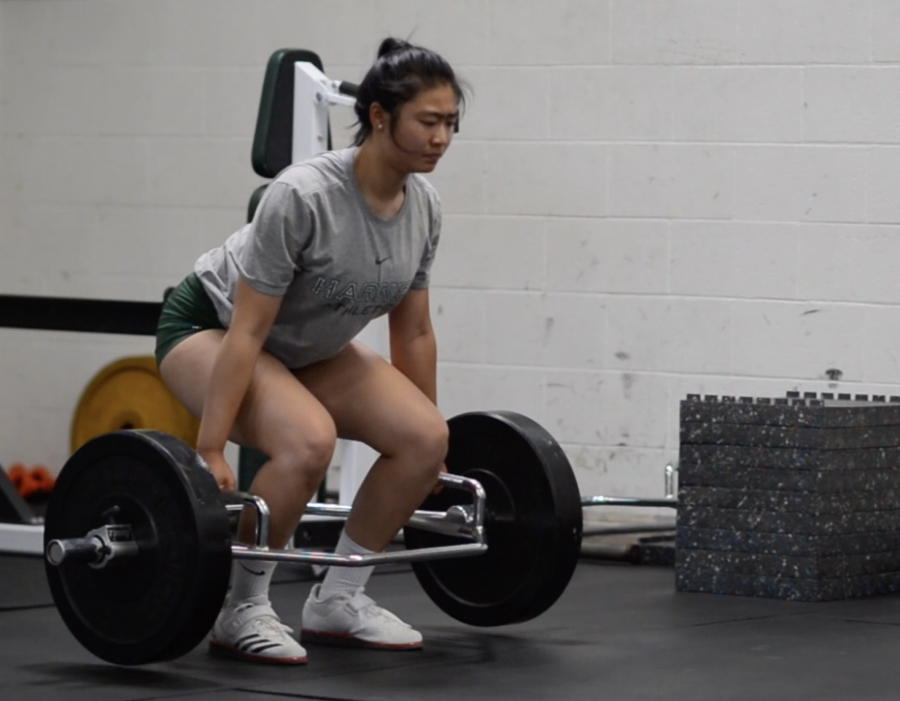
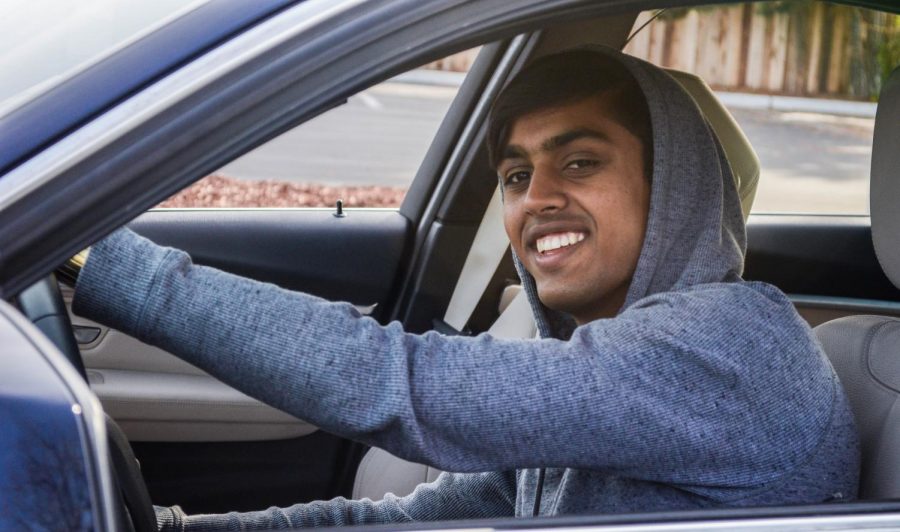
![“My slogan is ‘slow feet, don’t eat, and I’m hungry.’ You need to run fast to get where you are–you aren't going to get those championships if you aren't fast,” Angel Cervantes (12) said. “I want to do well in school on my tests and in track and win championships for my team. I live by that, [and] I can do that anywhere: in the classroom or on the field.”](https://harkeraquila.com/wp-content/uploads/2018/06/DSC5146-900x601.jpg)
![“[Volleyball has] taught me how to fall correctly, and another thing it taught is that you don’t have to be the best at something to be good at it. If you just hit the ball in a smart way, then it still scores points and you’re good at it. You could be a background player and still make a much bigger impact on the team than you would think,” Anya Gert (’20) said.](https://harkeraquila.com/wp-content/uploads/2020/06/AnnaGert_JinTuan_HoHPhotoEdited-600x900.jpeg)
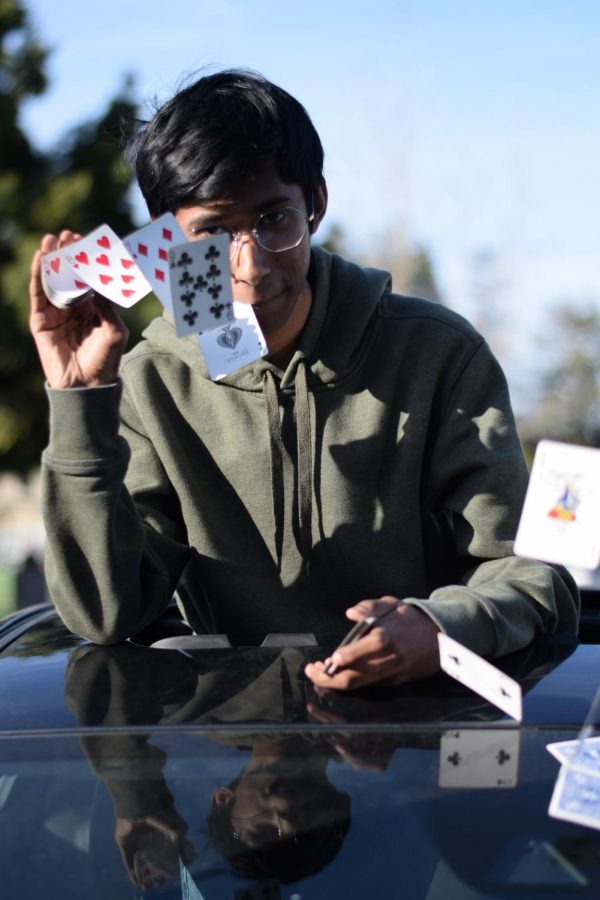
![“I'm not nearly there yet, but [my confidence has] definitely been getting better since I was pretty shy and timid coming into Harker my freshman year. I know that there's a lot of people that are really confident in what they do, and I really admire them. Everyone's so driven and that has really pushed me to kind of try to find my own place in high school and be more confident,” Alyssa Huang (’20) said.](https://harkeraquila.com/wp-content/uploads/2020/06/AlyssaHuang_EmilyChen_HoHPhoto-900x749.jpeg)
